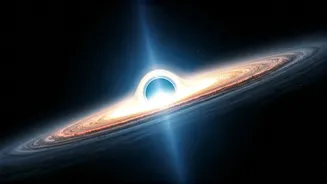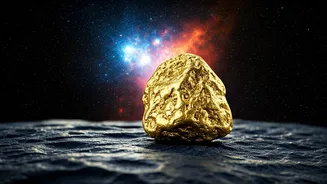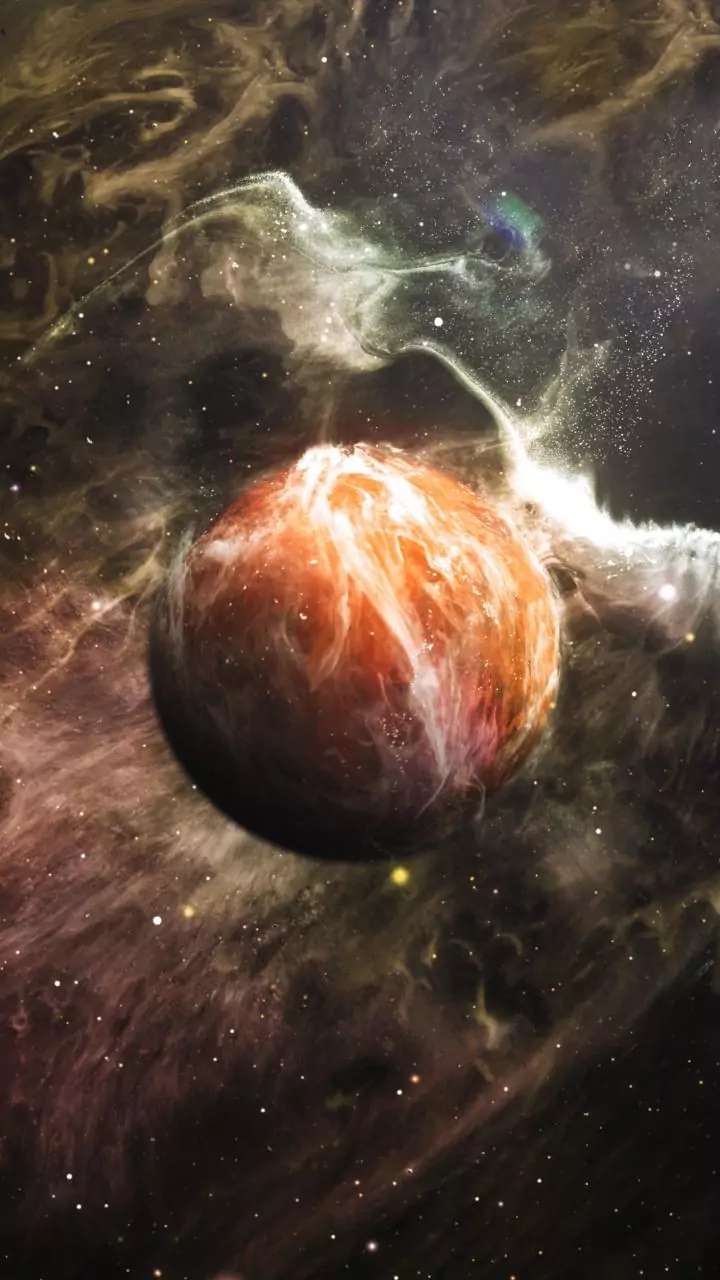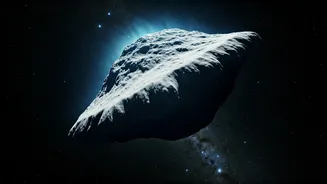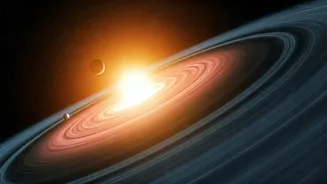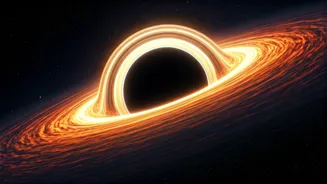A Staggering Revelation
The remarkable event known as the "Superman" flare, discovered by astronomers, originated from an active galactic nucleus (AGN), a super-bright region
powered by a supermassive black hole. This black hole, actively consuming surrounding material, is at the heart of this radiant display. The flare's sheer scale left scientists astonished, as it was unlike anything they had witnessed before. It was first detected back in 2018 by the Catalina Real-Time Transient Survey and the Zwicky Transient Facility (ZTF) in California. Initial observations didn't reveal the magnitude of the event, but follow-up studies using powerful telescopes like the Keck Observatory in Hawaii unveiled the true extent of its power. The black hole’s activity, as described by Matthew Graham, is akin to a “fish only halfway down the whale’s gullet."
Black Hole's Voracious Appetite
The remarkable event of the "Superman" flare, originating from a supermassive black hole, showcases the immense power of these cosmic giants. Astronomers have deduced that the black hole likely consumed a massive star, tearing it apart in a violent event. The flare, occurring 10 billion light-years away, briefly emitted the brightness of 10 trillion suns, setting a new record for luminosity. This event, termed a tidal disruption event, happens when a star strays too close to the black hole and is shredded by its intense gravity. This process, where a star is torn to pieces, provides a unique opportunity to study black holes, offering valuable insights into their behavior and the environments in which they exist. The supermassive black hole responsible is around 500 million times the mass of the Sun. This surpasses the previous record holder, called "Scary Barbie", which involved a black hole consuming a star between three and ten times the Sun's size.
Years of Discovery
The detection of the "Superman" flare has been a journey spanning several years. It started in 2018 when the Catalina Real-Time Transient Survey and the Zwicky Transient Facility (ZTF) in California first observed an unusually bright object. Subsequent analysis and follow-up observations were required to determine its true nature. These subsequent observations, particularly from telescopes like the Keck Observatory in Hawaii, were key to understanding the event's extraordinary power. This event is exceptionally rare, as the lead author of the study, Matthew Graham, noted that flaring activity is seen in only about 1 in 10,000 AGN, making “Superman” a truly exceptional event. Further research into this area is important for unlocking more secrets hidden in the universe, which will help us understand the role of supermassive black holes in the evolution of galaxies.
